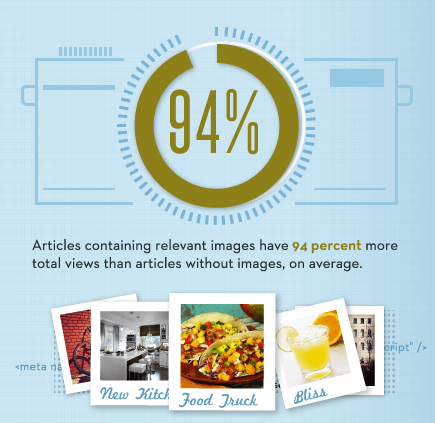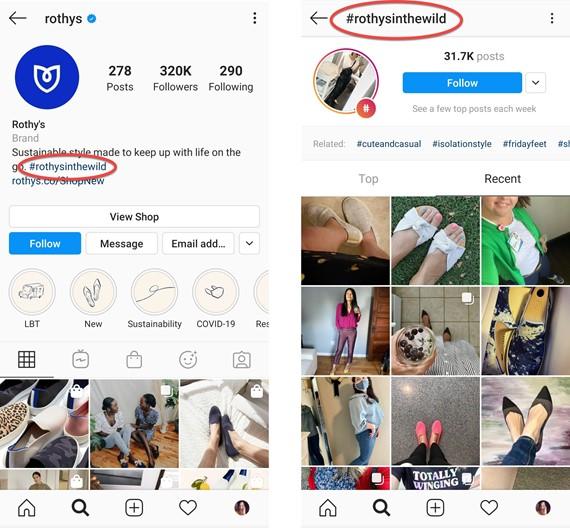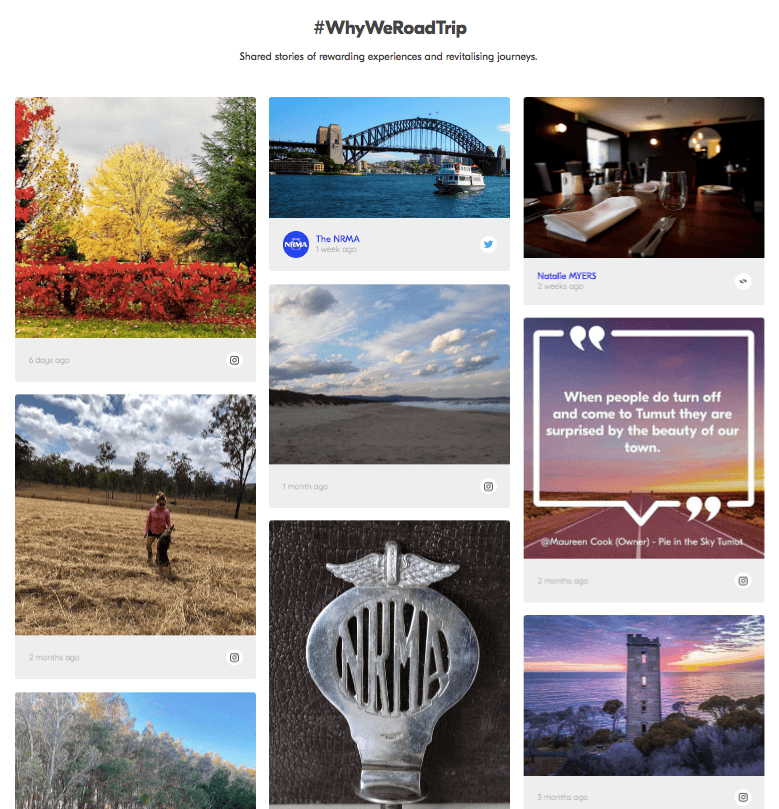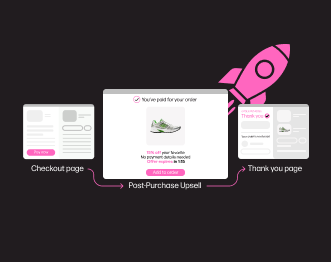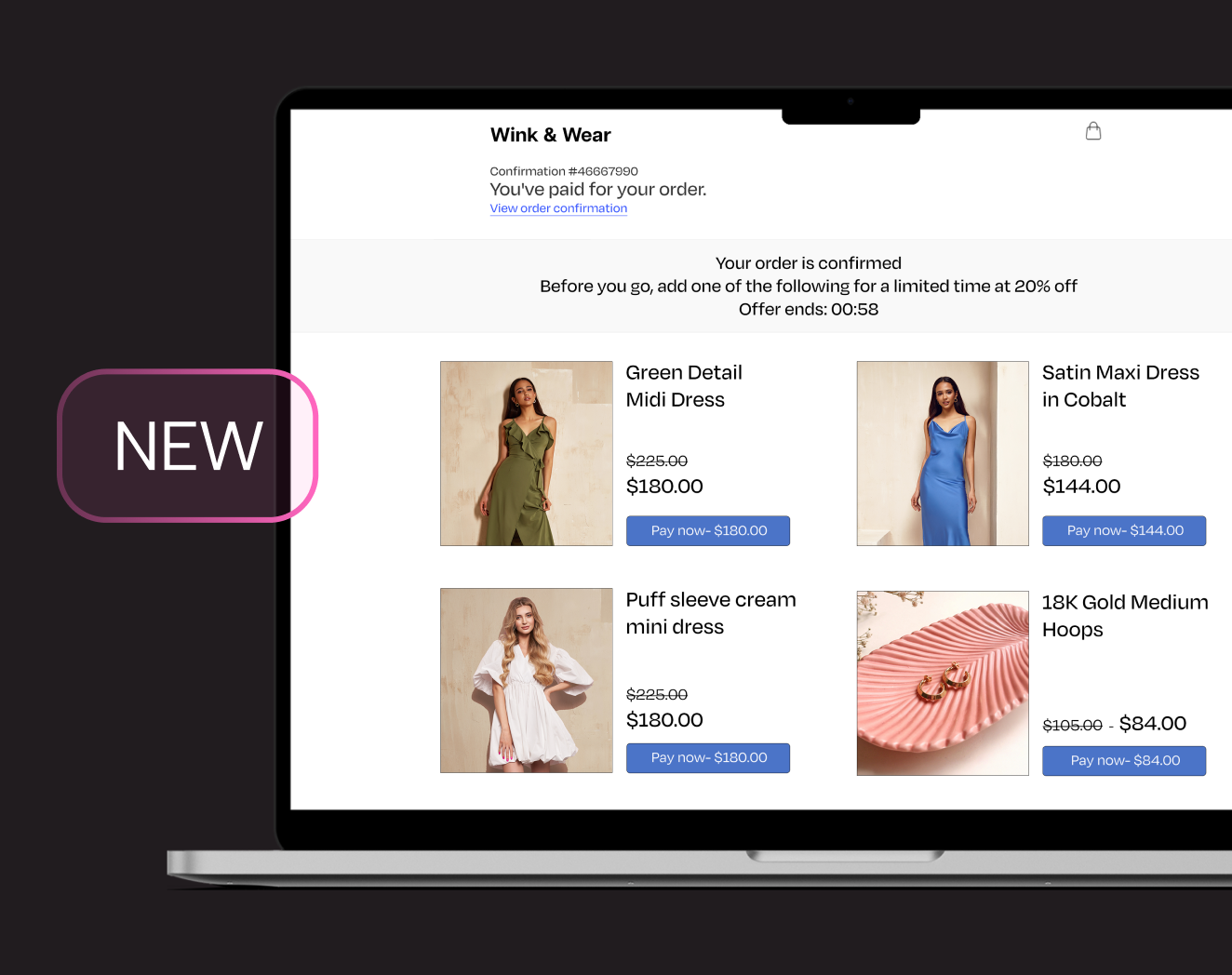7 Ecommerce Marketing Pain Points (& How to Solve Them)
Did you know there are an estimated 24 million ecommerce websites in the world (and counting)? That makes the competition pretty fierce. In this article, we’ve identified seven key ecommerce pain points brands face, and tips on how to solve them.
Given the nature of 2020, ecommerce has grown to play a bigger role in consumers’ lives than ever before. According to Digital Commerce 360, online shopping is up 28 percent since the coronavirus pandemic. What’s more, 58 percent of consumers said they expect to do more online shopping after the pandemic than they did before.
All the ecommerce marketing pain points retailers experienced before are now more significant. Here we’ll identify each pain point and direct you toward doable solutions for each. Maybe even a hack or two.
1. The continuous need for fresh content
We’ve all had those days, weeks or (dare we say) months, where no matter how much content you create, it never feels like enough.
There are now more channels than ever to reach consumers, which is great for marketers. But with every new consumer touchpoint comes an added channel you need to create and publish content on to reach your target audiences.
Your website, blog, emails, ads, social media channels, and more all demand a high volume and frequency of content. That content must be engaging and relevant enough to break through the digital noise—particularly on people’s crowded social media feeds.
Fresh content doesn’t just refer to written content. Visuals are absolutely vital in today’s digital landscape. If written content isn’t paired with compelling imagery, the chances of it being seen significantly diminish. In fact, articles with images get 94 percent more views than those that don’t include visuals.
That’s a lot of new content to be churning out for any ecommerce brand—even those with large teams and budgets. Yet, the benefits of keeping a constant pace of content can be hugely impactful:
- Search engines prioritize sites that frequently publish new content
- Fresh content gets more visibility and engagement online—particularly on social channels
- Publishing a wide variety of new content—like blogs, images, infographics, videos, and animations—helps to grab and hold consumers’ attention
- Well timed and placed content can drive discoverability and gives people a reason to keep coming back to your brand
Yet, making and acquiring content takes time, money, effort, and maintenance from digital marketing teams. With the fast-paced nature of the Internet today, this has become a big pain point for ecommerce marketing professionals who are just doing their best to keep up.
Solution:
Instead of creating all visual elements from scratch, ecommerce brands should look to curate, not just create, the content they need from their customers.
The content people are already posting about your brand across social networks is known as user-generated content (UGC). Harnessing UGC can be a continuous and cost-effective source of fresh visuals to fuel your marketing channels.
Think there is too much customer UGC across sites like Instagram, Facebook, Twitter, YouTube and TikTok for you to possibly ever be able to find the best ones? The right UGC solutions can help you:
- Effortlessly surface the most relevant content
- Automate curation
- Obtain permission from content creators to use their visuals
- Seamlessly put that compelling content to work
And if there isn’t currently enough relevant UGC for your brand to source? There are myriad ways to get your customers to create high quality UGC for your brand.
2. Low social media engagement
For marketers, social media can be fun and full of opportunities, but it can also feel like a constant battle for attention.
If you post from your brand’s social account and hardly anyone likes, shares or comments on it, should you have even posted at all? The answer is usually yes. But, consistently low social media engagement signals the need to ask yourself some tough questions:
- Is this the right channel to reach my target audience?
- Should I be striking a different tone?
- Is what I’m sharing of interest to my audience?
- Am I being clear in what I’m trying to communicate?
- What actions am I trying to elicit?
- What conversation am I trying to start?
Social media was designed to connect people, not to be a bullhorn for businesses. The key to increasing social media engagement is to not just blindly push out content, but to interact with your audience; invite people into a two-way conversation and let them know they’re being seen and heard.
As an ecommerce brand, there are many creative ways to speak with, not to, your online community.
Solution:
Start running fun social contests and hashtag campaigns where you encourage people to post photos of themselves using or wearing your product(s). As submissions start pouring in, respond directly to participants with likes, shares, and comments so they feel personally acknowledged by your brand. Maybe even have your broader audiences vote on a winner to foster a more interactive community of followers.
Once the competition is over, take advantage of all that new, authentic UGC (with permission, of course) by sharing it on your social media feeds—or even put it to work across your website, ads, emails and more. This will excite your followers and give them a voice within your brand.
Begin making your social media channels all about your customers and watch as those engagement numbers tick up.
3. Broadening brand awareness and discoverability
Ask any ecommerce marketer, and most would tell you they’d like to achieve greater brand awareness. In an online sea of competing ecommerce stores, getting more visibility from potential new customers can be a big challenge.
After all, you can have the best products or services in the world, but if people don’t know about them, it won’t matter.
The problem with brand awareness is that it can be hard to pin down. After all, Google doesn’t currently offer a ‘brand awareness’ report.
Each brand should aim to understand what brand awareness means for them. Some examples can be:
- Impressions
- Social reach
- Shares
- Mentions and backlinks
- Website traffic (and the percent increase over time)—particularly direct and new user traffic
Solution:
Determine what successful brand awareness would look like for your ecommerce store. and Decide which metrics you want to measure and start tracking them within each strategy and campaign you conduct.
Remember, you don’t need everyone to be aware of your brand, just the people who are most likely to purchase from your store. A good way to do this is by taking advantage of micro-influencers (or as we like to call them, organic influencers)—people who are already out there advocating for your brand to their small, but highly engaged followings.
4. Increasing ecommerce conversion rates
If you’re effectively promoting your brand online, growing awareness on social and driving people through to your online store, only to struggle to convert them on your product pages, you’re not the only one.
Moving people down the marketing funnel through to that final conversion is every ecommerce marketer’s ultimate goal. This becomes a pain point when your conversion numbers just aren’t cutting it and usually means you need to reassess. There could be numerous reasons a user isn’t converting on the page. Some common ones include:
- Low page speed causing users to exit your site
- Lack of responsive design and bad mobile usability
- Bad quality copy, not enough product information
- Confusing website navigation
- Security concerns
- Pricing
- Unclear shipping costs and return policies
While some of these issues require the help of other teams such as IT, accounting and design, marketers should focus on what they can control: all of the messaging and visuals educating and enticing consumers to purchase your product. After all, the way a product is presented can make or break a conversion.
Solution:
When it comes to online shopping, sometimes it’s better to show than tell. You should always have clear and complete information about your products on your ecommerce pages. But when shoppers can’t physically touch or try on your products when browsing, the next best thing is unvarnished visual social proof.
Including visuals of real happy customers using or wearing a product on your product pages can give people a better idea of how the item looks in the real world. Showcasing social proof, like user-generated content, on your ecommerce store (and making it shoppable!) can help turn people from browsers to buyers.
5. Reducing shopping cart abandonment rates
It’s painful when a customer picks out what they want, fills out that basket, goes to pay…and then leaves your site. Many ecommerce marketers know this pain all too well; it’s called shopping cart abandonment.
Unfortunately for online retailers, the average shopping cart abandonment rate is about 67 percent—meaning lots of money is being left on the table (or in the cart). Shopping cart abandonment can happen for many reasons:
- There were unexpected costs (i.e. tax, shipping, etc.)
- Lengthy and confusing checkout process
- Having to create a new user account
- Unclear or inconvenient return policies
- Slow time to delivery
- Web performance issues
- Better prices on other sites
While it’s virtually impossible to achieve a shopping cart abandonment rate of zero percent, there are steps ecommerce marketers can take to mitigate those numbers and boost sales.
Solution:
Some of the common ways to start reducing your store’s shopping cart abandonment rate are:
- Displaying progress indicators during checkout
- Offering an instant chat box so customers can ask questions
- Providing a preview of what the total cost will be with tax, shipping and other fees
- Including the thumbnail images of products throughout the purchasing process
- Offering seamless payment options (Apple Pay, Google Wallet, Paypal, etc.)
- Allowing consumers to save what’s in their cart so they can come back later
- Send trigger emails to remind people they’ve abandoned their virtual shopping cart
- Set up retargeting ads to remind people of the items they’ve browsed while they’re on other websites
Pro tip: Try adding authentic UGC of the abandoned shopping cart items in your retargeting campaigns and trigger emails to help entice people to come back.
6. Reducing return rates
We all understand the struggle of purchasing something online, only to have it delivered and discover that it’s not what we thought the product seemed to be. It’s part of the nature of online shopping unless you’re using a reliable fulfillment shipping service.
At least 30 percent of all products ordered online are returned as compared to just 8 percent in brick-and-mortar stores.
But when someone returns an item to your store, you’re not just incurring the loss of that sale, you’re also usually incurring shipping costs (either from originally offering free shipping or from offering free returns) as well as the cost of not having that product available to sell on your site for the time it was in transit and with the buyer. Not to mention the added costs if the item is returned damaged.
All of this can add up to a big headache for you and your customers.
Solution:
Remember how we touched on social proof earlier? A secret weapon ecommerce brands can use to combat shopping cart abandonment is visual social proof.
Displaying photos on your product page from real people using or wearing the product can help online shoppers gain a better idea of whether it’s something they want to purchase or not. Learn more about how social proof can help reduce return rates.
7. Customer loyalty
As an ecommerce brand, you don’t just want one-time buyers. You want highly loyal repeat customers who are enthusiastic about your brand. With so many brands out there, loyalty is a coveted and difficult thing to come buy. But it’s so worth it when brands can make that happen. In fact, increasing customer retention rates by just 5 percent can increase profits by 25-95 percent!
We recommend thinking of your brand as more than just an online store. Your ecommerce brand should serve as a place for customers to share their experiences with your brand and discover how other customers use and enjoy your products.
Solution:
There are numerous ways to invoke greater customer loyalty:
- Prioritizing good customer service
- Rewarding and incentivizing customers by creating a loyalty program
- Asking for feedback from customers
- Offering not just products, but a greater community customers can be part of
- Having a stated mission that’s greater than your company that customers can help take part in—like sustainability, social good, diversity and inclusion
Develop customer loyalty campaigns and have them share stories. Create online groups or invite customers into exclusive clubs where they can interact with one another and be the first to hear the latest news of your brand and its products.
Conclusion
Whether all or just one of these ecommerce marketing pain points resonates with you, it’s important to understand your customers and constantly be evaluating whether or not your marketing messages, campaigns and strategies are working or if they’re missing the mark. Hopefully, no matter how many of these common challenges you’re facing, you’ve come away with some actionable tips for how to make improvements.
If you want to learn more about how Stackla’s UGC platform can help address these pain points and book a demo with the link below today.

